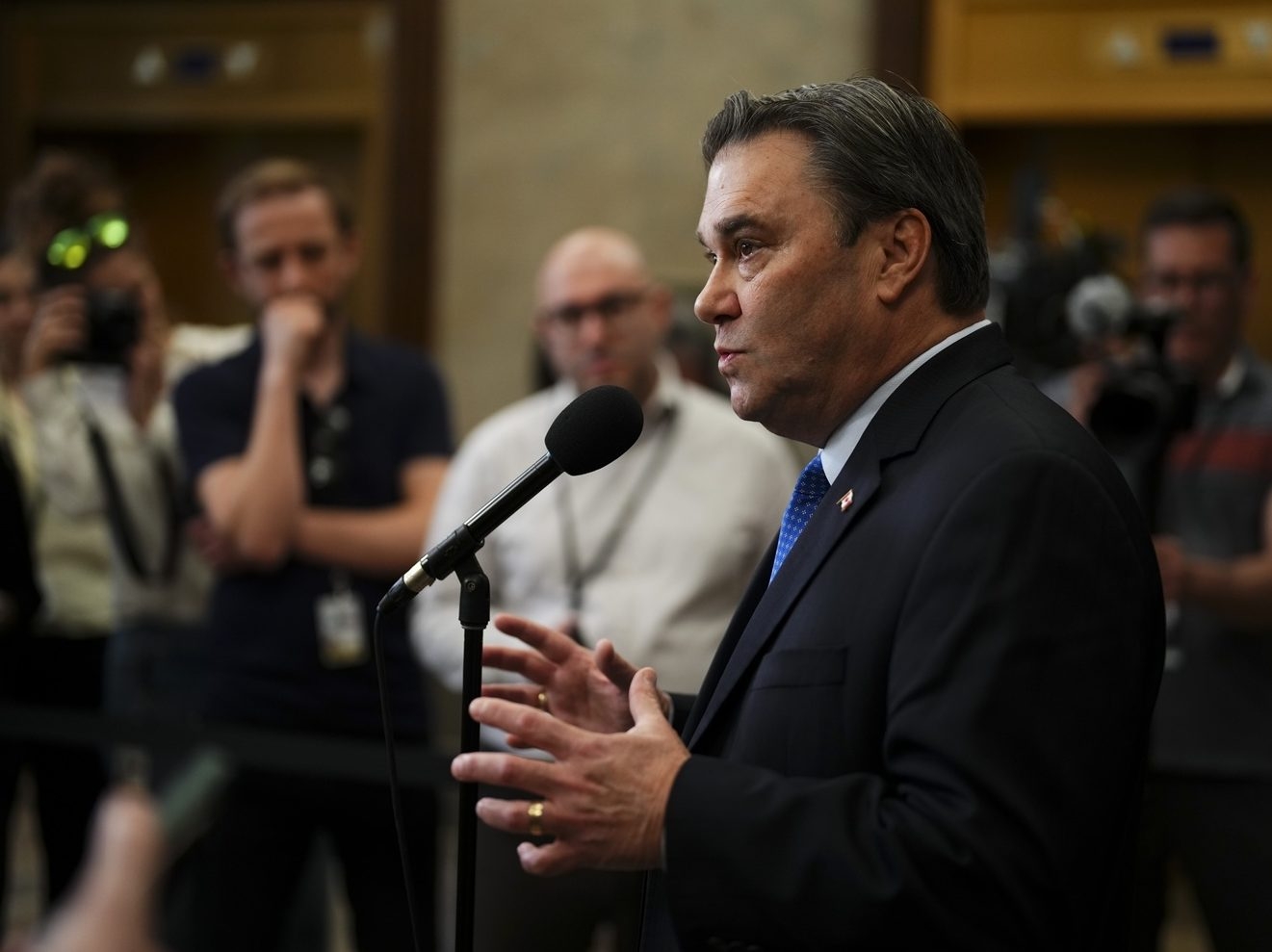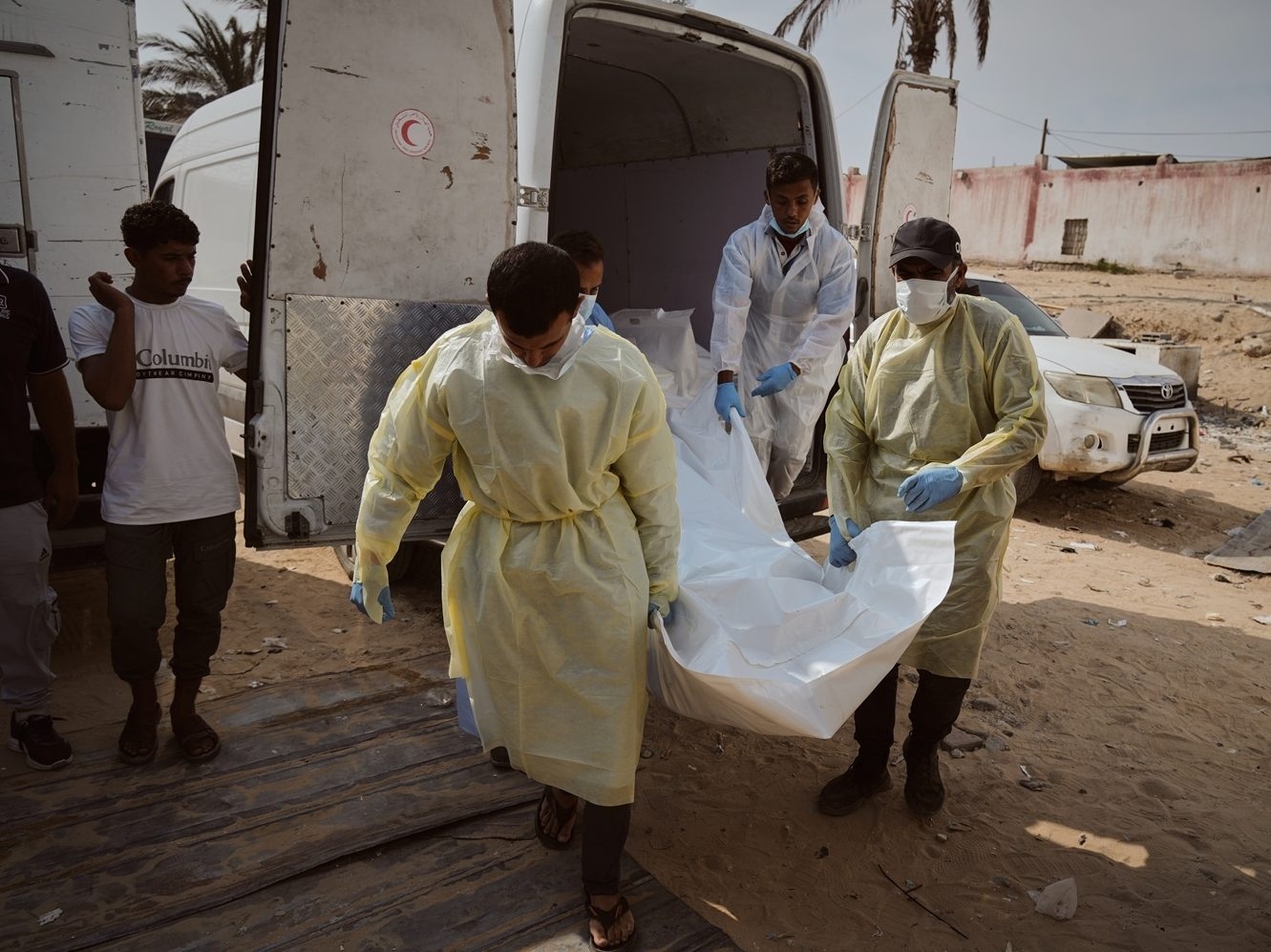A confidential briefing document within Global Affairs Canada revealed a calculated expectation: fewer challenging questions in Parliament regarding potential cuts to international aid. The reasoning wasn't based on a change in policy, but a dramatic shift in the political landscape following a recent election.
The document, obtained through access-to-information requests, highlighted the diminished presence of the New Democratic Party (NDP). With their caucus significantly reduced, the department anticipated a corresponding decrease in scrutiny over development spending decisions.
Internal discussions focused on strategically phasing out existing programs and exercising greater financial caution. This wasn’t unusual for a new government seeking to realign priorities, but the briefing note explicitly linked the anticipated ease of implementation to the NDP’s weakened position.

The department prepared to pause acceptance of new applications for aid programs championed by the previous administration, while ensuring ongoing projects could reach completion. A clear signal of a forthcoming policy shift was anticipated, demanding a reallocation of funds to address emerging global needs.
While anticipating some media and parliamentary interest in potential cuts – mirroring trends in countries like the U.S. and Germany – officials predicted that detailed inquiries would largely be confined to written questions. The reduced number of questions allotted to the NDP each week was a key factor in this assessment.
The briefing suggested a deferral of new project consideration until the government’s budgetary direction for development assistance became clear. Existing commitments under the Feminist International Assistance Policy and the Indo-Pacific strategy were expected to be maintained, alongside climate finance and biodiversity initiatives.
However, achieving broader goals – specifically directing half of bilateral aid to sub-Saharan Africa and sustaining funding for global health and sexual and reproductive health – was flagged as potentially challenging due to budgetary constraints. Realigning spending with the new government’s priorities would require careful navigation.
Despite these challenges, the department believed organizations heavily reliant on Global Affairs Canada funding were unlikely to collapse, given existing multi-year funding agreements. A close monitoring of the situation was planned to assess any emerging risks.
A deliberate approach to public communications regarding the Feminist International Assistance Policy was also outlined, aiming to avoid language that could create unrealistic expectations or imply future financial commitments. Caution was paramount in managing public perception.
The Secretary of State for International Development affirmed the government’s continued commitment to the feminist aid policy, framing it not merely as a moral imperative, but as a sound economic strategy. Increased participation of women in global markets and support for sexual and reproductive health were presented as key benefits.
Conservative MPs pressed for concrete evidence demonstrating the economic benefits of foreign aid for Canadians, questioning whether the program was based on demonstrable results or simply positive sentiment. They demanded data to support claims of increased trade access and reduced irregular migration.
The challenge posed to the Secretary of State was direct: prove the value of the aid program with tangible data, not just optimistic assertions. The demand for accountability underscored a growing skepticism regarding the effectiveness of international assistance.
The internal document and subsequent parliamentary exchanges revealed a complex interplay of political calculation, budgetary realities, and the ongoing debate over the purpose and impact of Canada’s foreign aid program.





